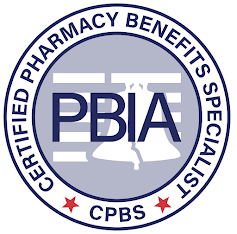Employer strategies to manage costs for rare diseases [Weekly Roundup]
News and notes from around the interweb:
- Employer strategies to manage costs for rare diseases. Specialty medications for costly diseases such as cystic fibrosis, hemophilia, rheumatoid arthritis, and multiple sclerosis account for close to 50% of the total drug spend in America. While medications for these rare diseases can have a significant impact on health outcomes and improved quality of life, they often come at a steep price for employers. With growing concerns about the rising costs, employers need to have strategies in place to manage.
-

Join the Movement! An inflection point for biosimilars. Biosimilars continue to post monumental growth. Estimates suggest that global sales topped $15 billion in 2020, representing a compound annual growth rate of 56 percent since 2015 (Exhibit 1). The future looks equally bright, with a number of factors supporting continuing high growth.
- An attorney shares the warning signs of ‘self-serving’ PBMs. PBMs are designed to manage prescription drug benefits on the behalf of health insurers, saving both insurers and consumers money on prescription drugs. However, as the pharmaceutical industry has ballooned and drug prices have increased 33% since 2014, questions have been raised over whether PBMs are acting in the interest of their clients.
- Simplifying the Complexity of Value-Based Contracting: Present, Future Implications in Specialty Pharmacy. From a pharmaceutical perspective, these agreements come with risk, but they also serve as an opportunity to get either preferred product placement or to differentiate one’s product from the competition. Manufacturers can also address often burdensome prior authorizations with these products.
- Drug price reform: Time for employers to take action. A growing chorus of reform advocates is calling on plan sponsors to stop relying on legislative solutions that may never happen. Instead, they are encouraging employers to rise up and fight their own battles with the drugmakers, distributors and pharmacy benefit managers. Federal reforms will never “fix” the flaws of the pharmaceutical drug system; instead, sponsors need to flex their clout, and begin to take full advantage of the power they already possess.





